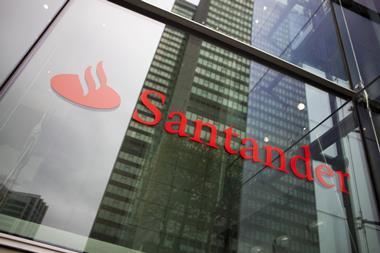Hermes Fund Managers has attracted more than £200m (€252m) in new capital to its infrastructure fund, including a commitment from Santander’s UK pension scheme.
The manager said that, counting the new £210m in capital, Hermes Infrastructure Fund (HIF) had now raised more than £700m, including commitments from a number of unnamed UK local authority pension schemes.
Antony Barker, director of pensions at Santander UK, said his fund had invested with Hermes because the strategy had allowed it to tailor its exposure to direct and indirectly owned assets while allowing for a rapid deployment of cash into attractively priced secondary investments.
“Investing in infrastructure assets is an important component of our asset allocation strategy, reflecting the natural hedge for liabilities and the chance to utilise our illiquidity for best reward,” Barker said.
Peter Hofbauer, head of Hermes Infrastructure, told IPE HIF’s strategy was based around three approaches – a value-added strategy, one acting as a fixed income substitute and a third, opportunistic strategy “almost akin to private equity”.
Hofbauer said the fund’s exposure to the UK would vary depending on the strategy, but added that, being a sterling-denominated fund, the further away it moved from sterling holdings, the higher the risk.
“We have the ability under our different strategies to invest outside the UK – and, in fact, all the way to emerging markets – but that clearly is in the higher risk/higher return strategies compared with predominantly in the UK for the core liability-matching strategies,” he said.
He added the fund was “predominantly, virtually solely equity”, and that while HIF had the capacity to invest in infrastructure debt, it had struggled to find opportunities.
Hermes currently oversees £2.7bn in infrastructure assets, of which £2bn is in a managed account for the BT Pension Scheme.
Santander’s Barker told IPE in April that the fund had committed to the Hermes venture while discussing the £7.8bn Santander UK Group Pension Scheme’s strategy to reach full funding over the next decade.
At the time, he said he viewed infrastructure equity as “overbought” and that he saw the asset classes debt as offering a more attractive risk/return profile.
“Hence, we are tempted to keep our powder dry,” he said.
“We will buy into some situations. We are perhaps more interested in secondaries that are becoming available to us.”
Barker noted that this was in line with the fund’s interest in distressed sellers, which was also a focus of its real estate strategy.

















No comments yet